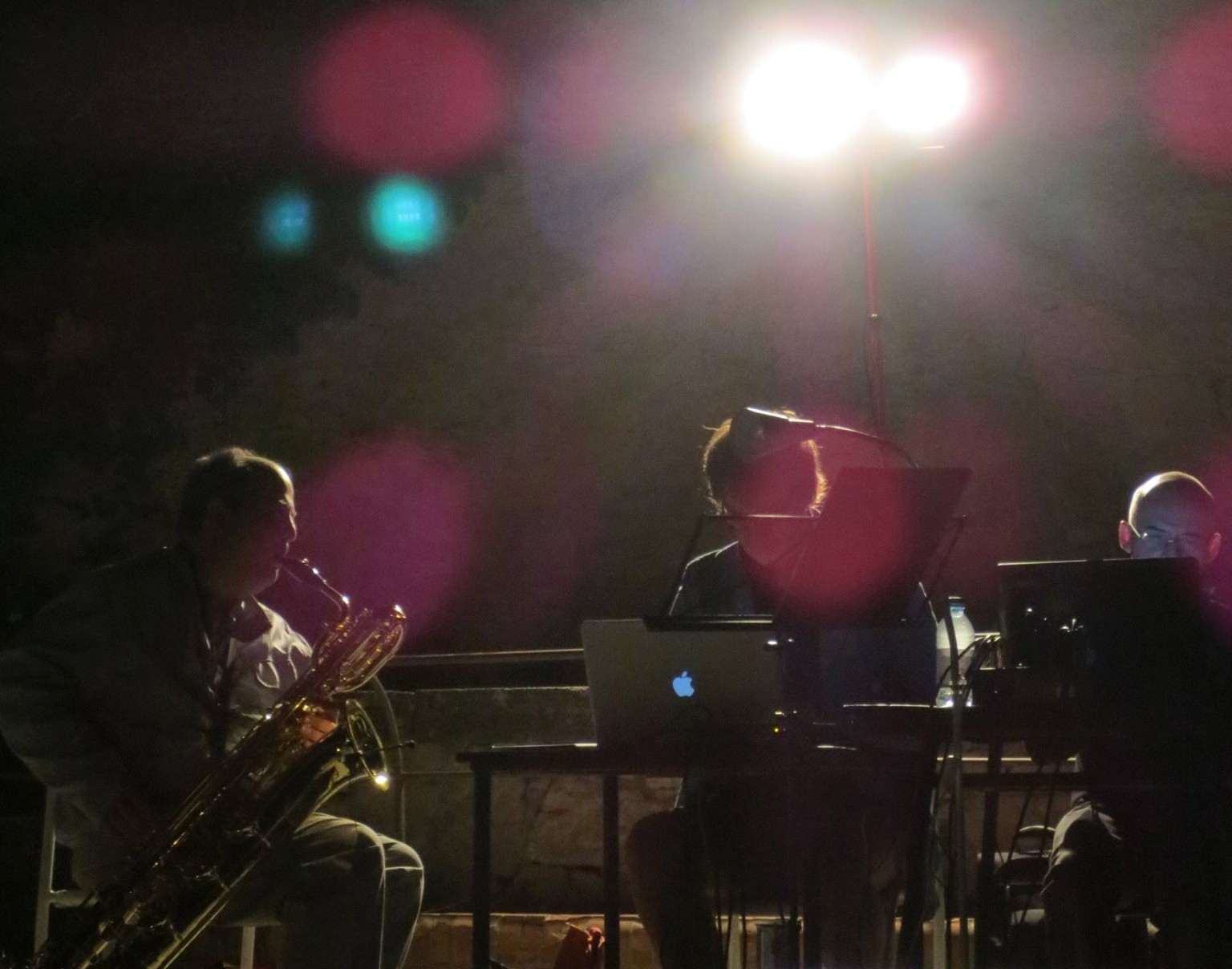Category: composition
-
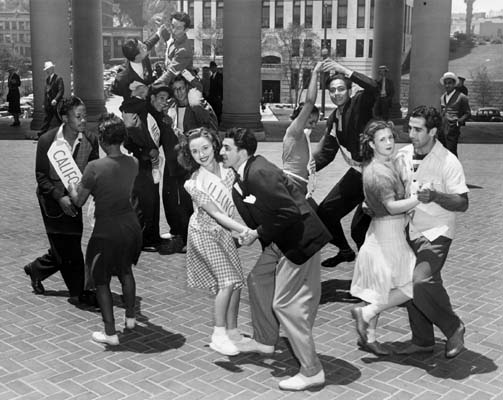
Keep it Simple: Complex Rhythmic Notation in Common Lisp
No, this isn’t a polemic against complex rhythmic notation or the New Complexity. Since the 80s I’ve been a fan of such music, even if as a composer I don’t generally employ its techniques. Most of the arguments against “impenetrable” rhythmic complexity have been demolished by the simple passage of time coupled with a continued interest in…
-

Music for Parallel Consumption
Update, January 2016: This project has now been released on bandcamp It’s a lovely word but a little overused by self-help and marketing gurus: serendipity. Those familiar with talks on my slippery chicken algorithmic composition software are no doubt aware of the claims I make for the explorative potential of such systems. I argue…
-
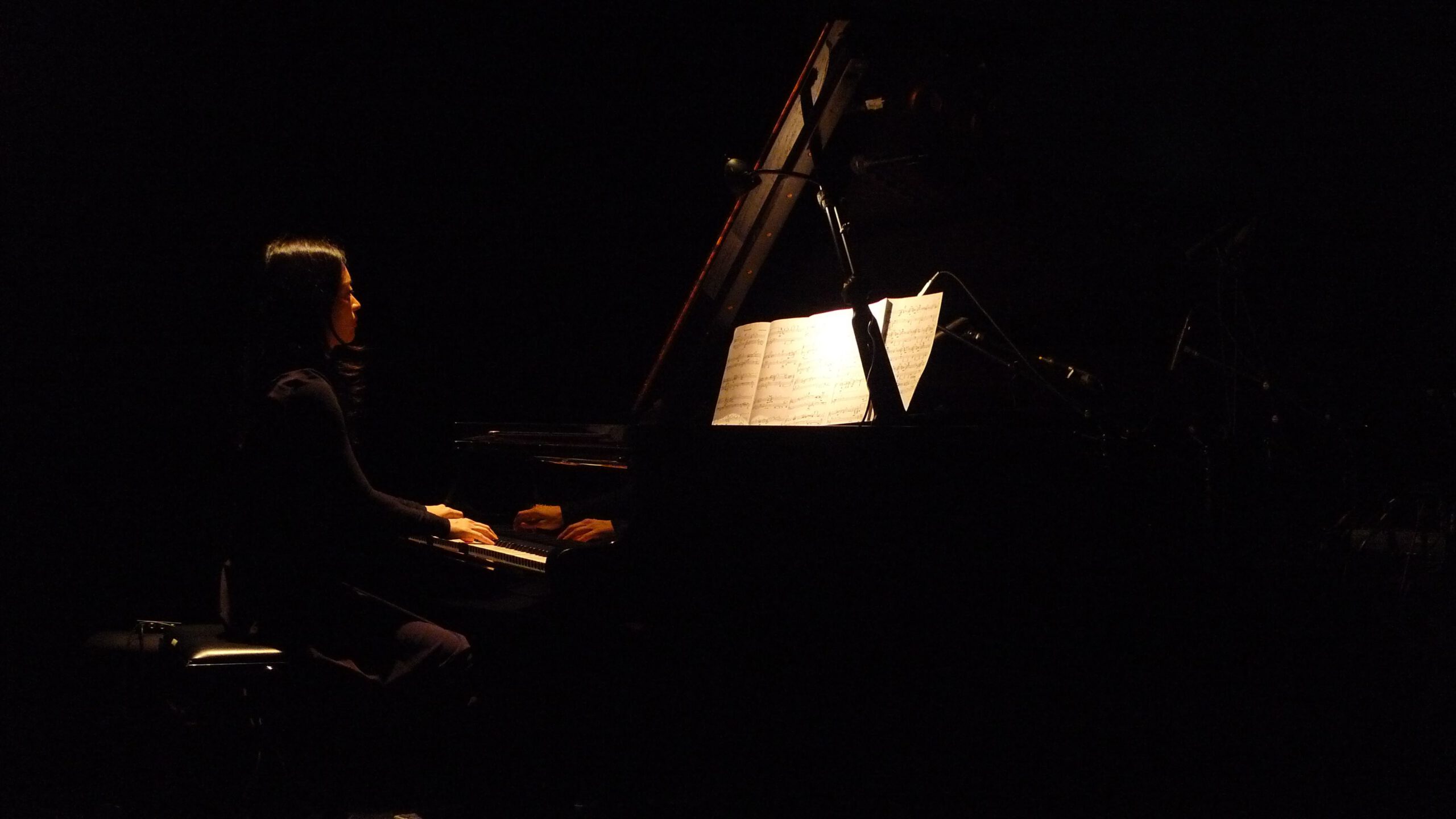
for rei as a doe: annotated timeline
Artists Colin Lawson and Chante Inglis are working on a video using Colin’s paintings as visuals alongside my 40-minute piano and computer piece for rei as a doe. This has already been documented but in order to give Chante and Colin some orientation points in this long work I did an analysis of the pre-compositional structuring, in…
-
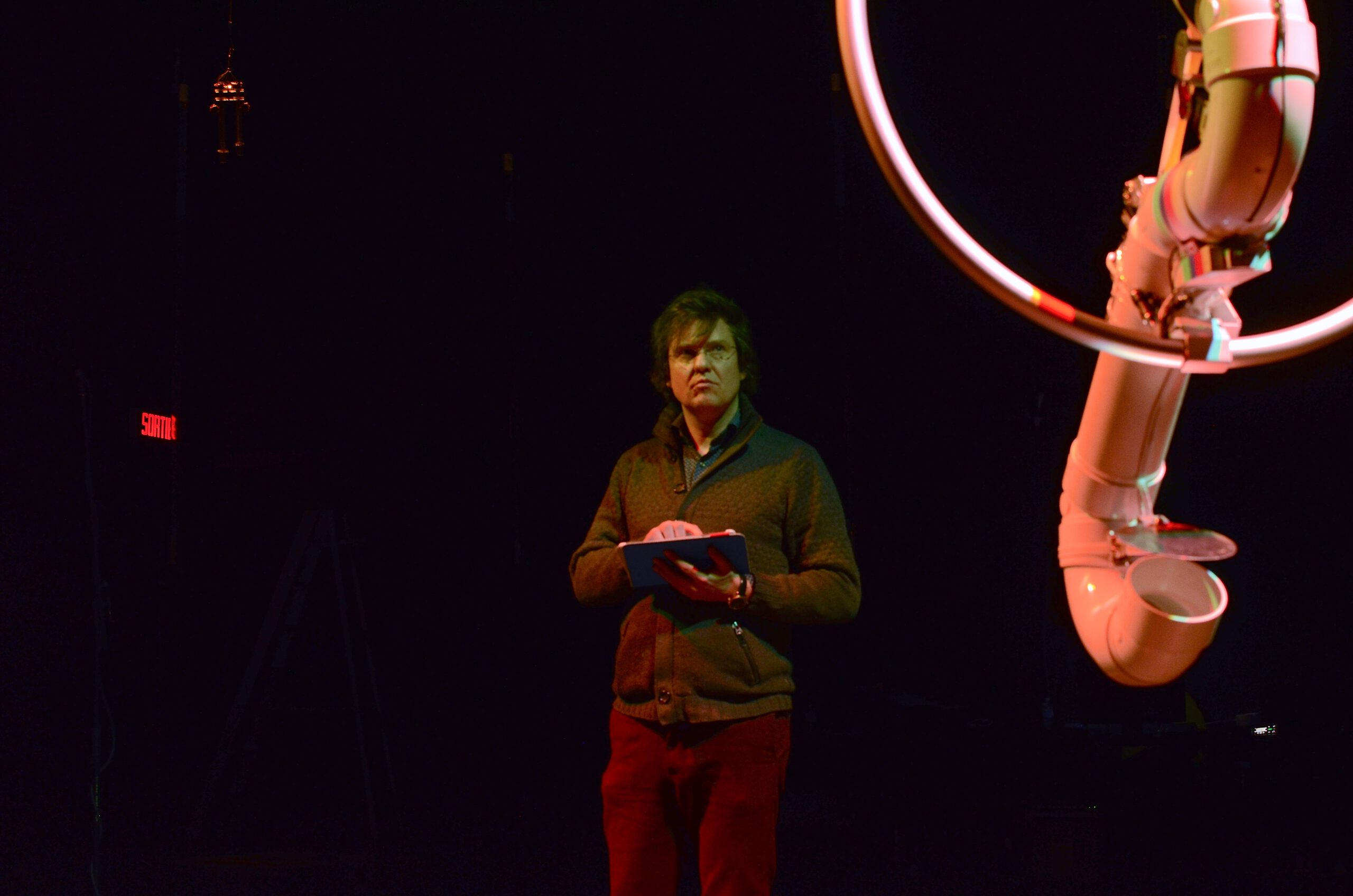
hyperboles 4 – the extremities of cold, Montreal
My hyperboles project saw a new iteration in Quebec last month. Performances of hyperboles 4 (“insomniac rain”) took place in Canada, on February 25th courtesy of the festival Mois Multi 2015 – Spectacles in Quebec City, and on March 1st at the Montreal Nouvelles Musiques festival. Programme Note Humans exaggerate on a regular basis. Typical hyperboles might be “this…
-

The mNAP sound installation
Experiencing this sound installation involves stepping into a custom-built soundproofed box (the mNAP) and listening to the twelve-minute piece I made on stereo headphones. Simple feedback on the piece can made by participants via a custom iPad interface I programmed using MaxMSP and the Mira app. The audio file that mNAP participants hear inside the box…
-

unbox 2014 Delhi
I’m looking forward to working at the Unbox Festival in Delhi at the end of this month on a collaborative project funded by the AHRC. I’ll be leading the project and creating the sound track for an installation aimed at raising public awareness of sound pollution. It’s a follow-on project from the work our team…
-
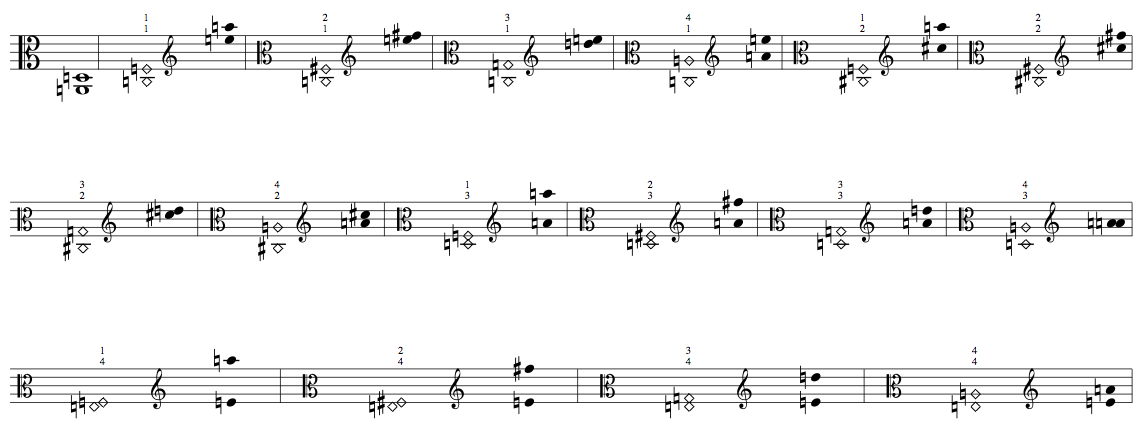
Lisp Code to generate double harmonics
In response to Russell Snyder’s request for my code to generate double harmonics (natural) on the viola d’amore, I’ve abstracted the following from my piece 24-7: freedom fried. This was written for Garth Knox on the viola d’amore and was featured on a 2010 Wergo DVD. Here’s an extract: Apologies for the light commenting only…
-

hyperboles are the worst thing ever
(aka Epimenides would have been gutted)
AmsterdamSince August 2013 I’ve been working on hyperboles, a series of pieces that allow musicians to tweak the algorithm parameters that are used to generate the work’s score, sound files, and real-time processing. A software interface allows the creation of different versions of the piece with durations ranging from c. 15 to 52 minutes. It’s an invitation…
-

for rei as a doe
My 40-minute algorithmic composition for piano and computer came out on the Aural Terrains label this month. Rei Nakamura premiered it in London (partial version) and Stockholm (complete version) in 2012. Karin Schistek played it in Bangkok, Trento (Italy), and Edinburgh before we took to the Reid Studio to record it on March 3rd 2013. Booklet text…
-
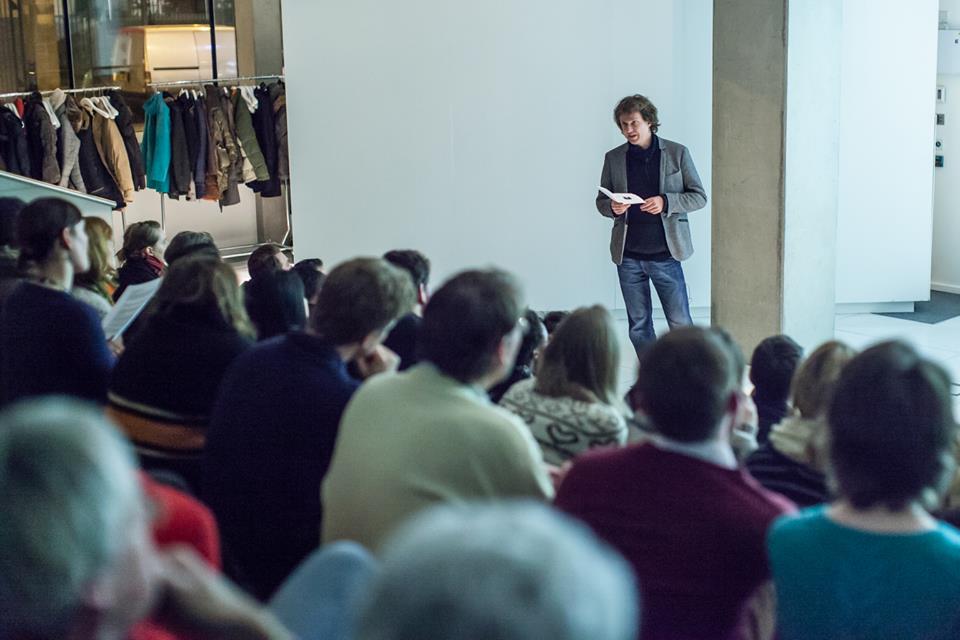
PechaKucha talk
On December 6th 2013, along with some colleagues and old students, I contributed to a PechaKucha evening in Edinburgh devoted to New Music. The 20x20second slide format is a challenge. I wanted to get in as much about my algorithmic composition work as possible, so I scripted it, against my better instincts and the advice of…
-

Kolam
The self-similar properties of visual patterns generated by Lindenmayer-Systems can be apprehended holistically almost instantaneously. Even simple rules can generate pleasing patterns of the sort you might see on cloth or as the Kolam figures drawn in front of southeast Indian houses. One of the problems of rendering Lindenmayer-Sequences in a musi-linear form is that…
-
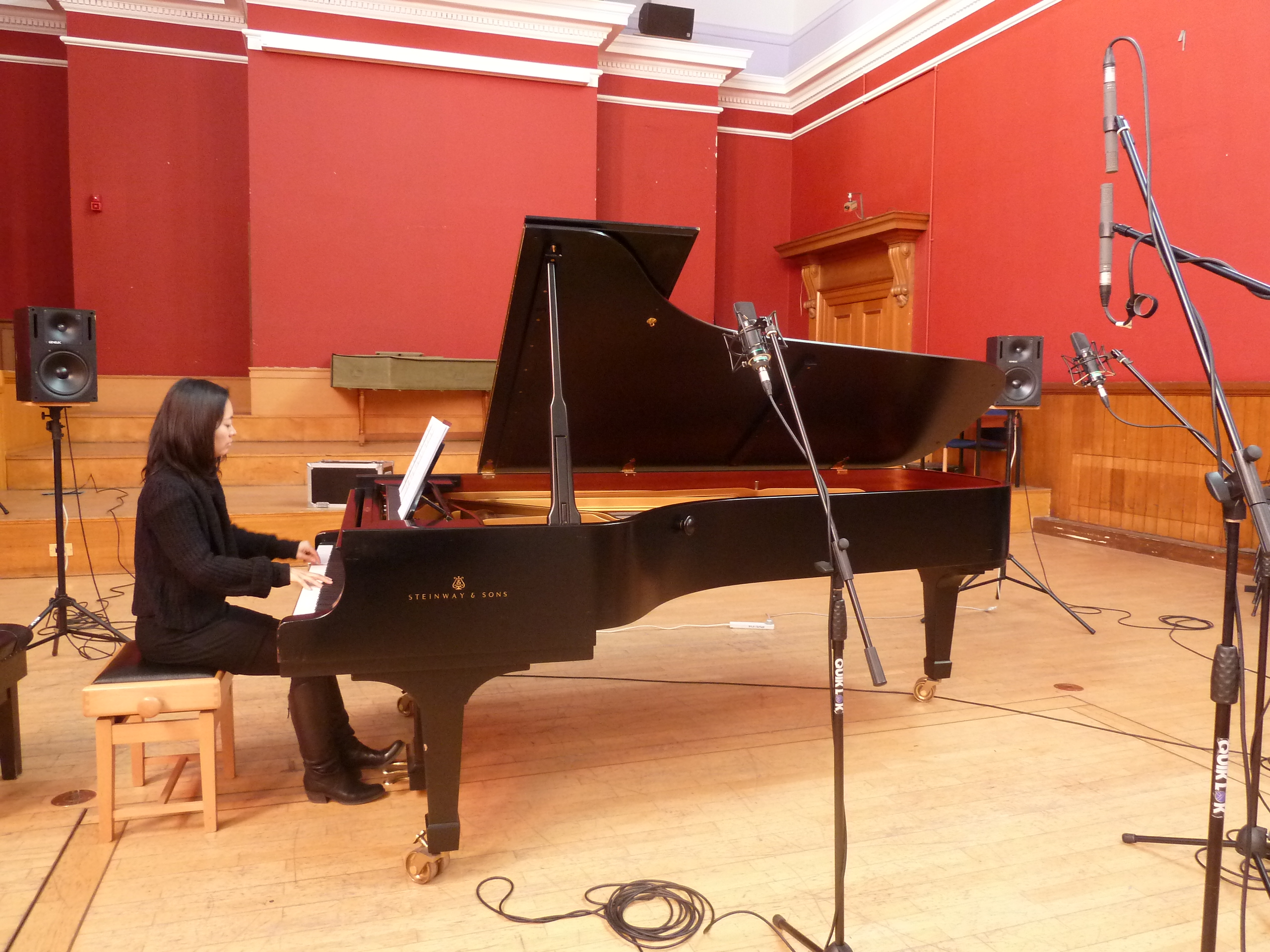
Bad Alchemy review of slippery chicken
Rigobert Dittmann’s Bad Alchemy 75/12 review of my slippery chicken release has to be the best I’ve every received. Not because it’s the most flattering, but because the writing style is both hilarious and somehow deeply evocative of the music. Immediately below is the original text; it’s followed by my translation of the German. MICHAEL EDWARDS Algorithmic…
-

slippery chicken recordings
A multi-format, surround and stereo recording of five of my compositions made with slippery chicken is now available for order or download. Made possible by a grant from the AHRC, the recording accompanies the open-source release of my algorithmic composition software and includes liner notes in a beautiful poster-style print made by Timothy Donaldson. Liner notes below. slippery chicken…
-

Communications of the ACM article on Algorithmic Composition
In 2009 I was approached by the editor of the Communications of the Association for Computing Machinery—the world’s oldest computer science journal apparently—to write an article on algorithmic composition. He was looking for an overview for readers with a general interest rather than a specialist paper dealing with ground-breaking research. The article was eventually published in 2011 and…
-

you are coming into us who cannot withstand you, Freiburg
For Ensemble Aventure, Freiburg, Germany. The title of this piece is taken from the poem “Final Notions” by Adrienne Rich (1929-): It will not be simple, it will not take long It will take little time, it will take all your thought It will take all your heart, it will take all your breath It…
-
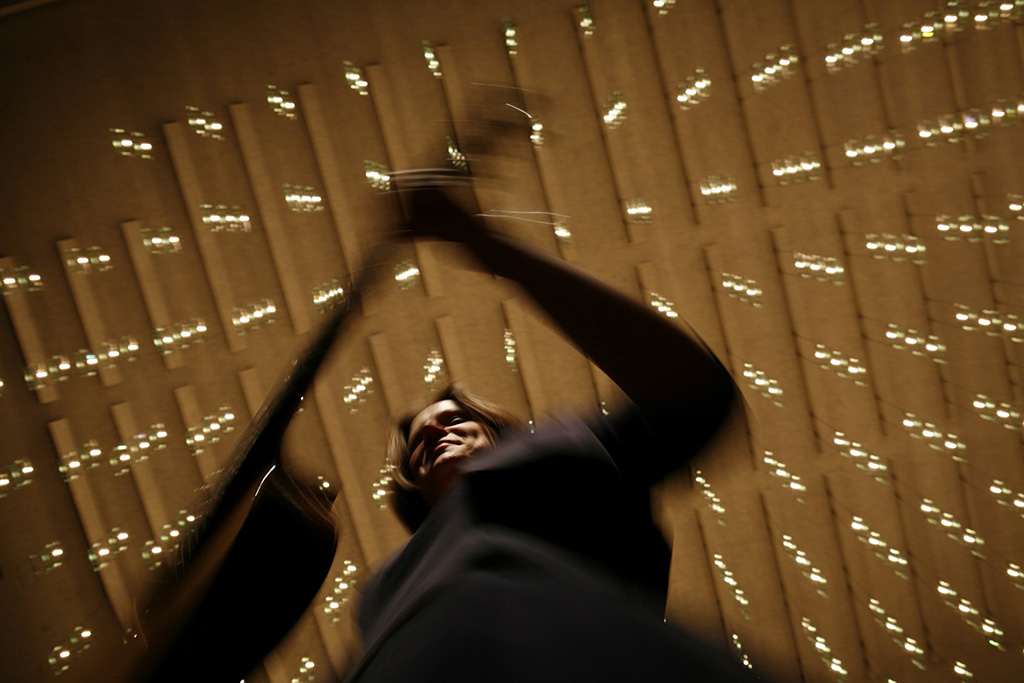
don’t flinch
Essentially, “don’t flinch” for guitar and computer is a three-part mensural canon, but similar to late Mediaeval and Renaissance isorhythmic techniques, melodic material is repeated along with a rhythmic sequence of differing length. This is one of the simplest algorithms for a piece I’ve ever written, so I thought it would make a good candidate…
-
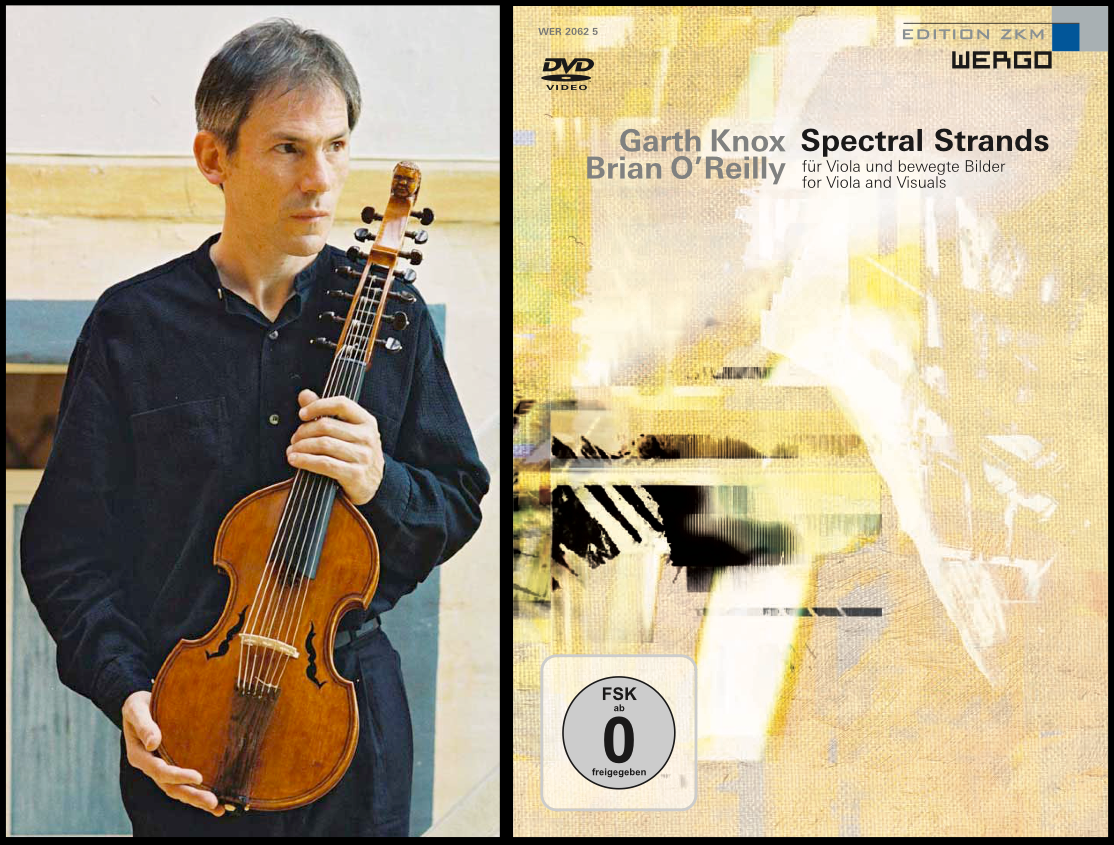
5.0 mastering with the TC System 6000
To get to know the various dynamics, EQ, and reverb effects on the TC System 6000 I tried a mastering session with the 5.0 mix files of my piece 24/7: freedom fried for viola d’amore and computer. This was recorded in September 2006 at ZKM Karlsruhe, Germany, by Garth Knox. It was (is?) to be…
